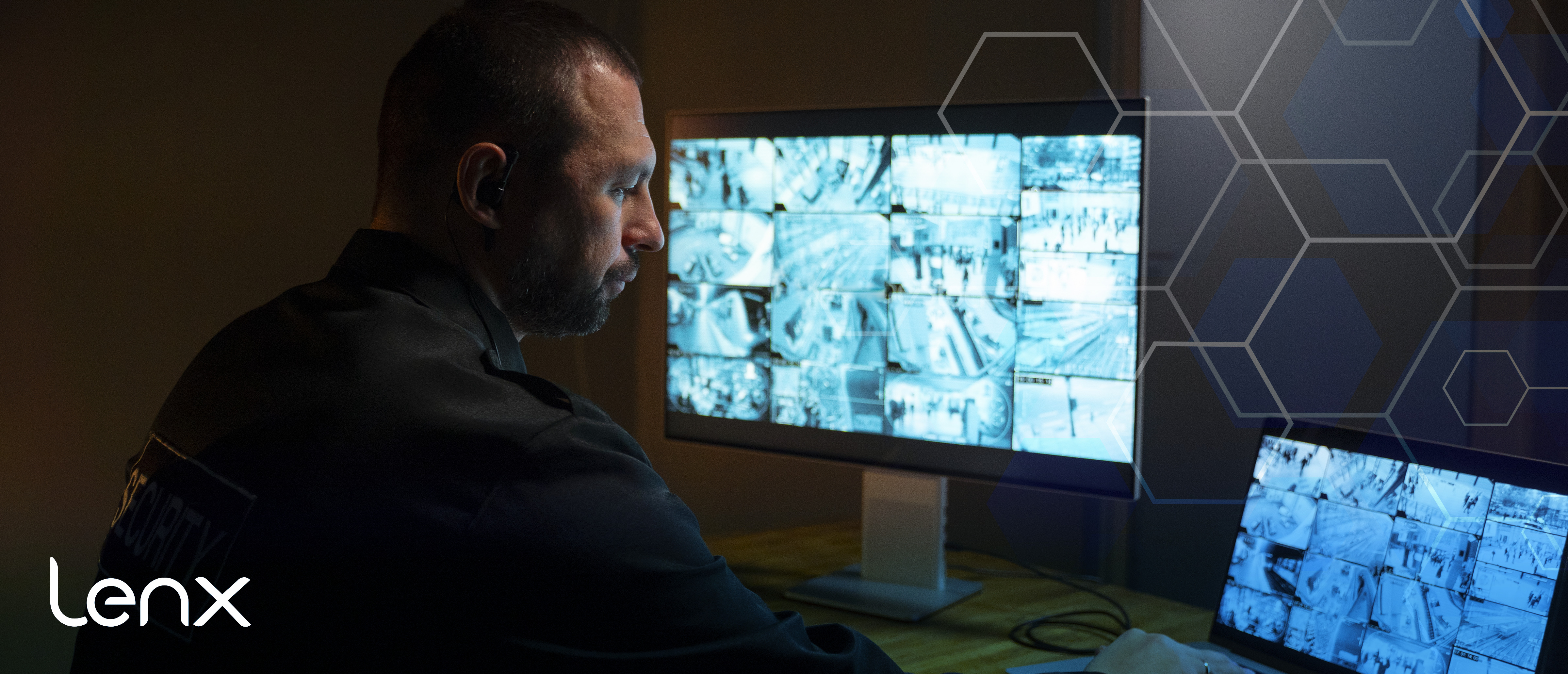
Making Sure AI Security, Active Shooter Detection Systems Can Be Used With Your Camera System
With the rise of security concerns in various institutions, especially schools, the integration of advanced surveillance technology has become paramount. AI security and active shooter detection systems offer a sophisticated level of threat detection that can save lives by identifying a potential threat before it escalates. However, it's crucial to ensure that these cutting-edge systems are compatible with your existing camera system. In this article, we will explore how to align your current infrastructure with AI gun detection and active shooter alarm systems.
Understanding Your Current Camera System
Before diving into AI security enhancements, it's essential to have a clear understanding of your existing camera system. Assess the hardware specifications, network capabilities, and software interfaces. This knowledge will serve as the foundation for integrating advanced security detectors and threat recognition software. Compatibility with high-definition video feeds and sufficient storage for data processing is key when upgrading to AI-based security.
Compatibility Checks
Ensure that your cameras and existing infrastructure can support the bandwidth and processing power required by AI security applications. Some AI security apps may necessitate specific camera resolutions or frame rates to function correctly.
Selecting the Right Active Shooter Detection System
Not all active shooter detection systems are created equal. Select a system that can seamlessly integrate with your camera setup without requiring a complete overhaul. Look for an active shooter alarm system that offers compatibility with multiple camera brands and models, ensuring that you can leverage your current investment in surveillance hardware.
Integration with AI Gun Detection
AI gun detection technology uses advanced algorithms to recognize firearms in video feeds. When choosing an AI gun detection system, verify that it can be calibrated to work with the angles, lighting, and distances typical of your camera system's environment.
Implementation and Testing
Once you have identified a compatible active shooter detection system, the implementation phase begins. Work with the system provider to integrate their solution with your cameras. This process may involve firmware updates, additional wiring, or the installation of supplementary sensors.
Regular System Testing
After installation, conduct regular tests to ensure that the AI security and active shooter detection capabilities are functioning as intended. This includes checking the accuracy of gun detectors, the reliability of the active shooter alarm system, and the overall system's response time.
Training and Updates
Education is as crucial as the technology itself. Train your staff on how to respond to the active shooter detection system's alerts. Additionally, keep the system's software up-to-date to benefit from the latest improvements in AI security and threat detection algorithms.
By ensuring that your camera system is compatible with AI security and active shooter detection technologies, you can create a safer environment for everyone. These systems are invaluable assets in today's security landscape, offering rapid detection and response capabilities that traditional methods cannot match. With careful planning and implementation, schools and other institutions can significantly enhance their preparedness against potential threats.

